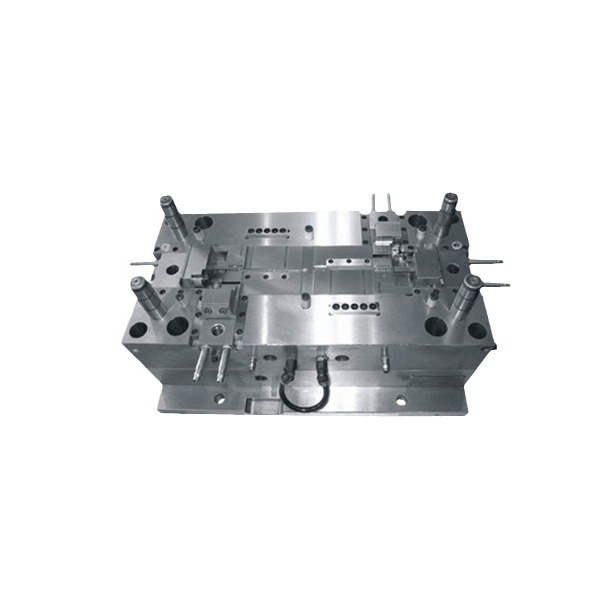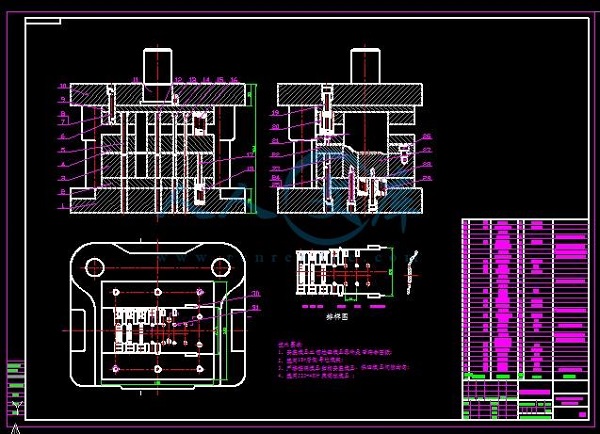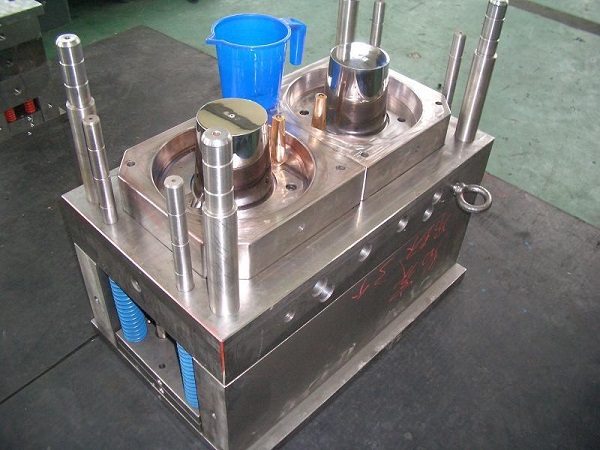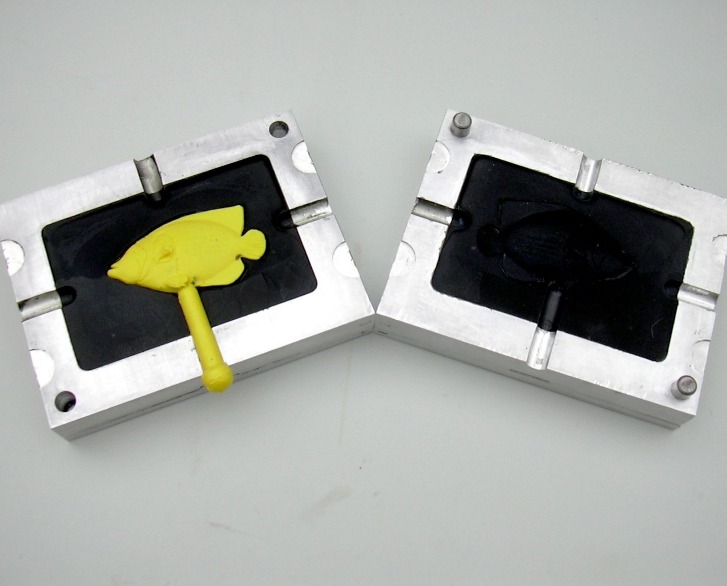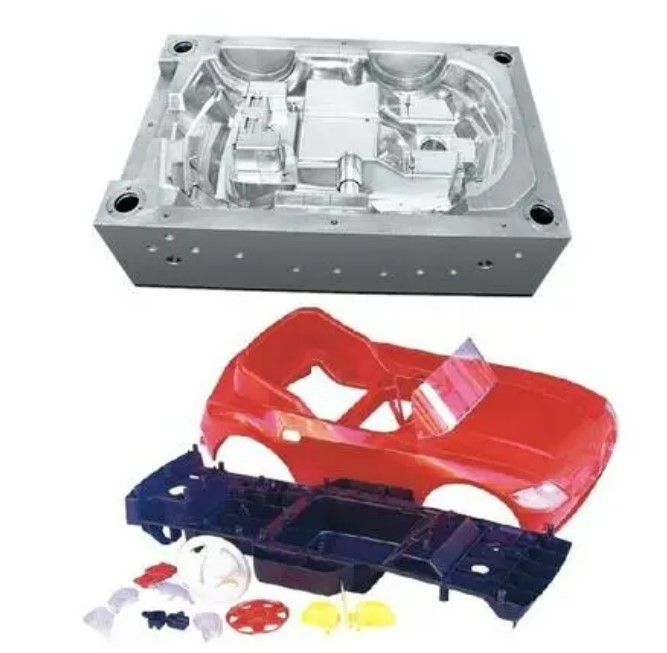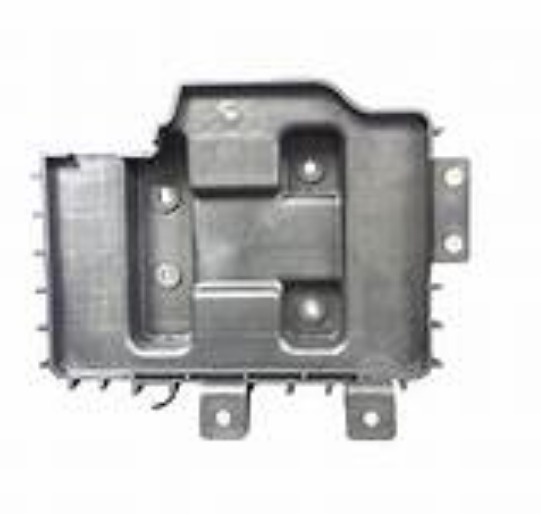Introduction
In the manufacturing industry, mold enterprises play a pivotal role. Molds are the fundamental tools for producing various products, from the tiniest components in electronics to large - scale automotive parts. They determine the shape, size, and precision of products, directly affecting product quality and production efficiency. For instance, in the production of smartphone casings, high - precision molds ensure that the casings fit the internal components perfectly, with smooth surfaces and accurate dimensions.
Technical Strategies for Design Level Improvement
Advanced CAD/CAE Technologies
CAD (Computer - Aided Design) and CAE (Computer - Aided Engineering) technologies are the cornerstones for improving the design level of mold enterprises. CAD allows designers to create precise 3D models of molds quickly. For example, in the design of a complex automotive interior mold, with traditional design methods, it might take a skilled designer weeks to complete a detailed 2D drawing, and any modification would be time - consuming. However, using CAD software like SolidWorks, the design process can be shortened to a few days. Designers can easily modify dimensions, shapes, and structures with simple parameter adjustments, and the software can automatically update the entire model, significantly increasing design efficiency.
CAE technology, on the other hand, is crucial for mold structure optimization. Take the injection molding process as an example. Before using CAE, mold designers had to rely on experience to predict potential problems such as uneven filling, warping, and shrinkage during the injection molding process. This often led to multiple trial - and - error adjustments during mold production, increasing costs and time. With CAE software like Moldflow, designers can simulate the injection molding process in advance. By inputting material properties, process parameters (such as injection pressure, temperature, and time), the software can generate detailed flow analysis results, showing where the plastic melt will flow first, areas of potential air traps, and possible warping areas. A study showed that after a mold enterprise started using CAE technology for injection mold design, the number of design modifications during the trial - production stage decreased by 40%, and the overall mold development cycle was shortened by about 30%.
Collaboration and Knowledge Sharing
Collaboration among mold enterprises, customers, suppliers, and research institutions is an important source of design inspiration and technical support. When mold enterprises collaborate closely with customers, they can better understand product requirements and market trends. For instance, a mold enterprise that specializes in producing packaging molds collaborated with a leading food company. Through in - depth communication, the mold enterprise learned that the food company wanted to launch a new - style packaging that was not only more attractive but also easier to open for consumers. Based on this information, the mold enterprise's design team came up with innovative mold design ideas, such as adding unique snap - fit structures and ergonomic shapes to the packaging mold design. As a result, the new packaging was well - received in the market, and the mold enterprise also won more orders from the food company and other related enterprises.
Collaboration with suppliers can also bring new materials and processing technologies. A mold enterprise in the electronics industry collaborated with a high - tech material supplier. The supplier introduced a new type of high - temperature - resistant and high - strength plastic material. The mold enterprise, in turn, designed molds specifically for processing this new material, which were used to produce components for high - end electronic devices. This collaboration not only expanded the mold enterprise's business scope but also improved its technical level in dealing with new materials.
Technical Means to Enhance Processing Level
High - Precision Machining Equipment
High - precision machining equipment is the cornerstone for improving the processing level of mold enterprises. Take the five - axis machining center as an example. In traditional three - axis machining, the movement of the machine tool is mainly limited to the X, Y, and Z axes. For complex mold processing, multiple set - ups are often required, which not only increases the error accumulation but also has limitations in processing complex curved surfaces. A study shows that the positioning accuracy of a general three - axis machining center is usually around ±0.01mm, while a high - end five - axis machining center can achieve a positioning accuracy of up to ±0.001mm.
In the aerospace mold manufacturing, components often have complex curved surfaces and high - precision requirements. With a five - axis machining center, it can achieve multi - axis linkage, allowing the tool to reach any position and angle in space. This not only significantly improves the machining accuracy of the mold but also enhances the surface quality. For instance, in the production of engine blade molds, the five - axis machining center can complete the machining of complex curved surfaces in one - time clamping, reducing the number of clamping times and improving production efficiency. At the same time, the surface roughness of the processed mold can be reduced from Ra0.8μm (processed by a three - axis machine) to Ra0.2μm, which greatly improves the quality of the final product.
Optimization of Processing Technology
Optimizing processing technology is another crucial aspect of improving the processing level. High - speed cutting technology has become increasingly popular in mold processing. In traditional cutting, due to the relatively low cutting speed, the material removal rate is limited, and the cutting force is relatively large, which is prone to cause deformation of the workpiece. In high - speed cutting, the cutting speed can be several times or even dozens of times higher than that of traditional cutting. According to practical production data, in the processing of a certain type of aluminum alloy mold, when the cutting speed is increased from 200m/min in traditional cutting to 1500m/min in high - speed cutting, the processing efficiency has increased by 5 times. At the same time, because high - speed cutting can reduce the cutting force and heat - affected zone, the surface quality of the processed mold is also significantly improved, and the post - processing workload is reduced.
Parameter optimization in electrical discharge machining (EDM) is also essential. EDM is widely used in the processing of molds with complex shapes and high - hardness materials. By optimizing parameters such as discharge current, pulse width, and pulse interval, the processing efficiency and quality can be improved. For example, in the EDM processing of a tungsten - carbide mold, through parameter optimization, the processing speed has increased by 30%, and the electrode loss rate has decreased from 5% to 2%. The optimized processing parameters can make the discharge more stable, reduce the surface roughness of the workpiece, and improve the dimensional accuracy of the mold, meeting the high - precision requirements of modern mold manufacturing.
The Impact of Improved Design and Processing Levels
Quality and Performance Enhancement
Improving the design and processing levels of mold enterprises directly leads to significant enhancements in the quality and performance of molds. With advanced design technologies like CAD/CAE, molds can be designed with more precise structures and better - optimized flow paths. For example, in the production of plastic injection molds for high - end consumer electronics, a mold enterprise improved its design level. After using CAE for simulation and optimization, the product 合格率 increased from 80% to 95%. A customer satisfaction survey also showed that the satisfaction rate of customers for these molds rose from 70% to 90%, as the molds could produce products with better surface finishes, more accurate dimensions, and higher structural stability. These high - quality molds can withstand more production cycles, reducing the frequency of mold replacement and ensuring the consistent quality of the final products.
Cost - effectiveness and Competitiveness
Enhanced design and processing levels can bring remarkable cost - effectiveness to mold enterprises. First, in terms of processing, high - precision machining equipment and optimized processing technologies reduce the 废品率. A mold enterprise that introduced five - axis machining centers and high - speed cutting technology found that its scrap rate decreased from 10% to 3%. This not only reduces material waste but also saves the cost of re - production. At the same time, improved production efficiency shortens the production cycle. For instance, through the optimization of processing technology, the production time of a certain type of mold was reduced from 10 days to 6 days, enabling the enterprise to take on more orders within the same time period.
In terms of competitiveness, mold enterprises with advanced design and processing capabilities can win more orders. A case in point is a mold enterprise in the automotive industry. After upgrading its design and processing levels, it successfully won a large - scale order from a well - known automotive brand. This not only increased its revenue but also expanded its market share. In the past three years, the enterprise's market share has increased from 5% to 8%, and its annual revenue has grown by 30%. Moreover, these enterprises are more likely to explore new markets. For example, some mold enterprises with high - end technologies have started to enter the emerging fields of aerospace and medical device manufacturing, which further enhances their competitiveness in the global market.
Yigu Technology's Perspective
As a non - standard plastic metal products custom Supplier, Yigu Technology firmly believes in the significance of enhancing the design and processing levels of mold enterprises.
Collaboration and innovation are at the core of our beliefs. We advocate for closer cooperation between mold enterprises, similar to our partnerships in the supply chain. By sharing ideas and resources, we can jointly develop new mold designs that meet the diverse needs of the market. For example, in the production of complex plastic components, joint efforts can lead to more efficient and innovative mold solutions.
The introduction of advanced technologies is also crucial. We encourage mold enterprises to adopt state - of - the - art equipment and software, just as we continuously upgrade our own production technology. This not only improves processing accuracy but also shortens production cycles.
Moreover, talent cultivation should not be overlooked. Well - trained professionals with knowledge of both design and processing can drive the continuous progress of mold enterprises. At Yigu Technology, we invest in talent development, and we believe mold enterprises should do the same to ensure long - term competitiveness in the industry.


